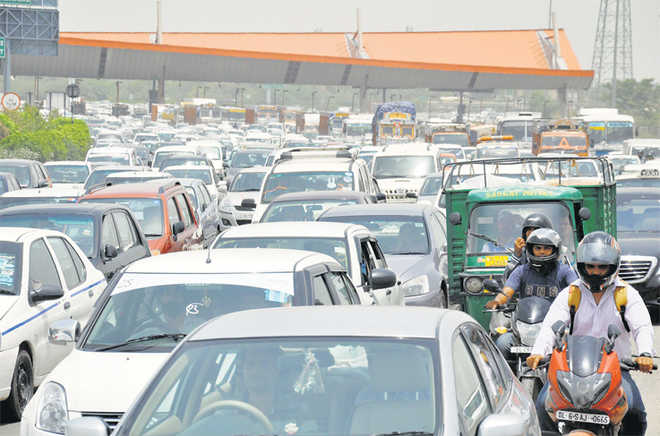The odds against AAP’s odd-even formula
THE AAP government in Delhi has announced from January 1, 2016, only cars with alternate numbers (odd and even) can be driven on the roads. Monday, Wednesday and Friday, have been selected for odd numbers, while Tuesday, Thursday and Friday have been chosen for even numbers. Sunday has been exempted from the rule. Apparently, Chief Justice T.S. Thakur’s support is the main reason for announcing this plan. There is also the announcement that this step will be withdrawn if it proves problematic. There is a heated debate on the practicability of the decision in the media.
No doubt, the high level of air pollution is directly taking a toll of health and longevity and indirectly affecting both productivity and production. It needs serious and active attention. Surley, vehicles and industries are the reasons for the problem in cities, due to inefficient energy sources. The problem must be solved but in a practicable manner. This decision is neither feasible from the perspective of availability of public transport nor for its practicability.
A sensitive government should understand that it is a real issue. It is not created mainly due to demonstrations The problems of the common people cannot be ignored merely for the sake of the people who demonstrate.
Today, while the Arvind Kejriwal-led government wants to add 10,000 buses, it can't find land for bus depots.The Delhi Metro has taken away at least two million passengers a day from the roads. Given that there is always a stampede brewing in the metros during peak hours, they won't be able to handle the additional load of passengers. It will take another 12 months before its long new lines — Pink and Magenta become operational. If the nearest metro station is two kilometres away, as it is for me, one may not think of it as the first transport option.
The Delhi government has not addressed the problem of last-mile connectivity. Delhi has the lowest population-to-autorickshaw ratio among the metros. There are only 100,000 three-wheelers to meet the demands of 16.3 million people. In comparison, Mumbai, with a population of 18.4 million, has 246,000 autorickshaws. Bengaluru had the best ratio with 151,000 auto-rickshaws for 8.5 million people. This Tughlaki firman ignores the big picture. People expect prudent decisions from Arvind Kejriwal as an educated person.
The writer is an Assistant Professor, Economics at Aditi Mahavidyalaya, Delhi University.










